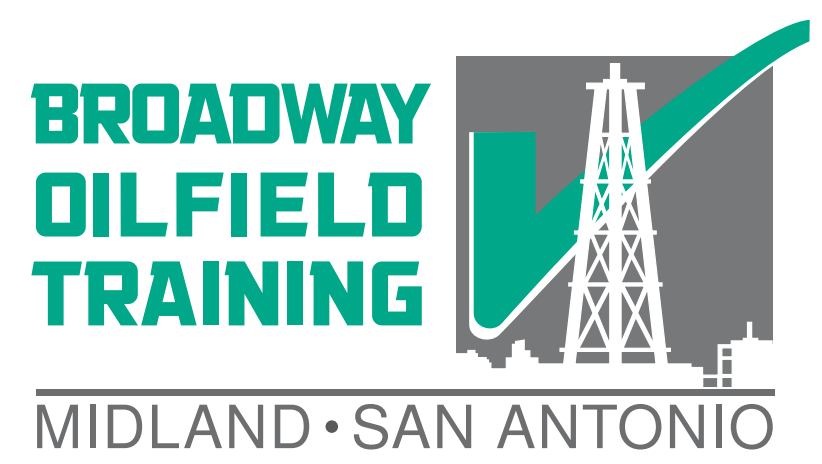Lockout-tagout procedures are intended to protect workers from potentially permanent injury or death while working on equipment and is an important part of a SafeLand curriculum. When energy is stored in a piece of equipment, it can be released both if accidentally restarted or in an unpredictable way. Some types of released energy can include:
Falling weight,
Moving and rotating,
Pressure release,
Chemical reactions and fire,
Electric shock,
and others.
The general lockout-tagout procedure has four main components:
Lockout: The worker uses a lock to secure switches, brakes, or other components used to engage or secure the equipment.
Tagout: A tag should be placed on the lock to inform others that the equipment is not to be started, a description of the work being done, on which date, the people doing the work, and how to contact the worker.
Clear: Any stored energy must be released. This may include weights lowered, pressure removed, electric lines grounded, et cetera.
Try: After the equipment is locked and depleted of energy, an attempt to restart must be made to ensure that accidental restart is not possible.
Remember that these are the general procedures and certain pieces of equipment may have slightly different procedures. For example, to release the stored gravitational potential energy from a pumping unit the weights must first be lowered with the unit off. After the weights on the pumping unit reach their lowest energy state. After the weights have been lowered, then the brake may be applied and locked out in addition to the power box. It is also important to note that for a pumping unit to be locked out the power for the main circuit must be switched off. Limiting power by setting the timer or automated pump off controller to off is not sufficient. For these and other types of complex equipment, company standard operating procedures must first be consulted to ensure that all possible sources of stored energy are assessed, eliminated, and protected from.
Tagouts are used to protect the worker, respecting the tags of others is needed to respect the safety of that worker’s life. Only the person who applied the lock is allowed to remove it.
Recommended Training: Lockout Tagout Training, SafeLand San Antonio
Notice: Article is provided as is and for informational use only. Eagle Ford Training San Antonio, its owners, instructors, and affiliates hereto referred as the company shall have no liability for and you shall defend, indemnify and hold harmless from and against any claim loss demand, liability, obligation, and expense based upon any injury or damage, spill or pollution, product liability, or any other loss that may occur. The liability for the use of information is solely yours notwithstanding any act of error or omission by the company.
